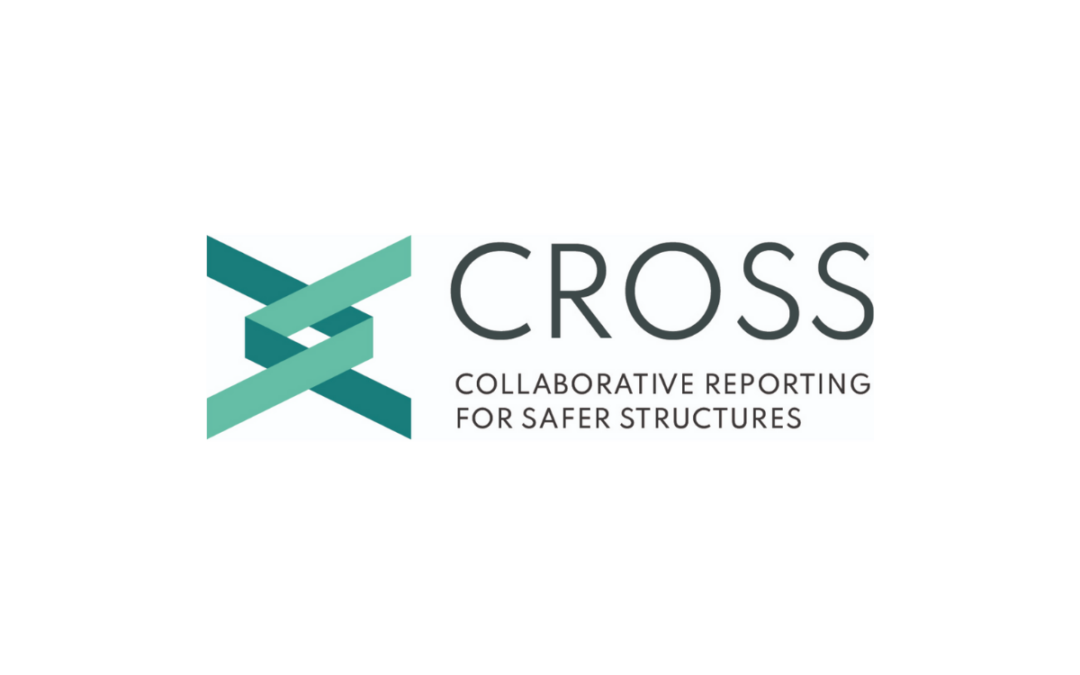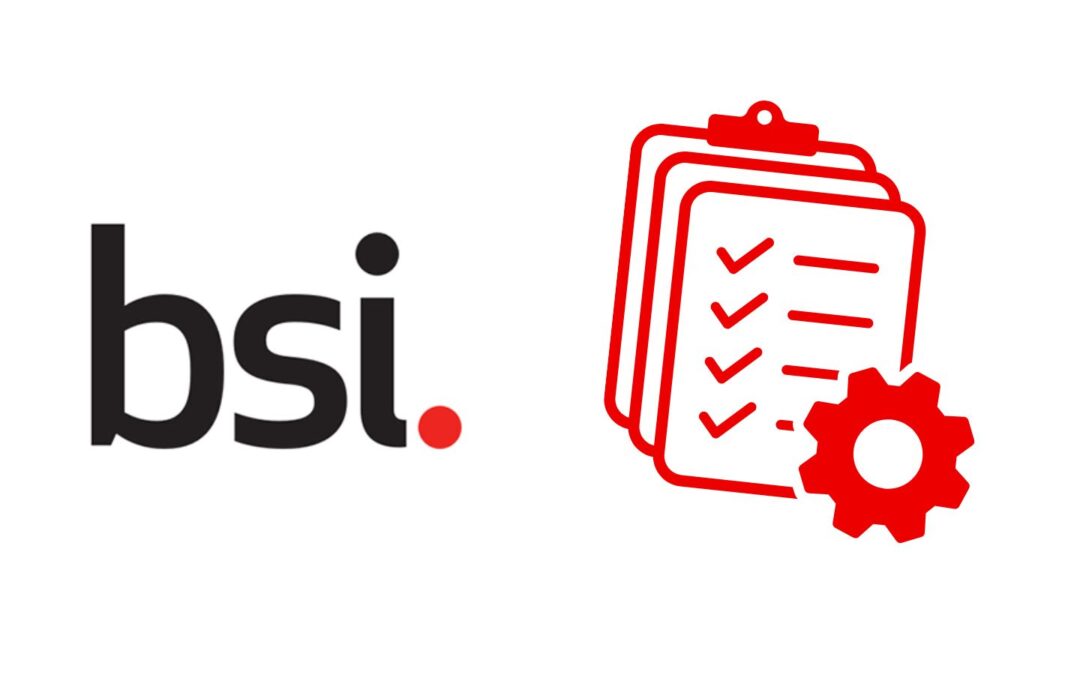The publication of the Grenfell Inquiry Report Part 2 is another landmark for our sector. The video below is worth watching, it is the introduction to the findings and thoughts of the Inquiry Committee. As well as a good high-level summary, the committee conveyed well the emotion that surrounds this work and the devastation that the failings identified have had on people, families and communities. Thouria Istephan, particularly reminded us as she introduced the recommendations:
“Put simply, if you work in the construction industry and you do not feel the weight of responsibility you have for keeping people safe, you are in the wrong job”.
The Main Conclusion
The Inquiry was divided into two phases; Phase 1 which addressed the events on the night of the fire; and Phase 2 which investigated the wider situation understanding the underlying causes and mistakes and bringing forward information and recommendations that can be used to ensure a similar disaster does not happen again.
The main conclusion from the Inquiry is that deaths were avoidable and those in the tower were failed by a number of people, systems and organisations, these include:
- The Government
- The Tenant Management Organisation
- The Council
- Manufacturers
- Certifiers
- Architects
- Principal and Specialist Sub Contractors
- Consultants and
- The London Fire Brigade
Key Points of Focus for the Finishes and Interiors Sector
On Regulation, the Inquiry concluded that:
“The system of regulating the construction and refurbishment of high-rise residential buildings that existed at the time of the Grenfell Tower fire was seriously defective in a number of respects. The statutory guidance in Approved Document B was poorly worded and liable to mislead designers into thinking that complying with its terms would inevitably ensure that the building would comply with the legal requirements of the Building Regulations.”
On Products and Product Testing the Inquiry concluded that there was “systematic dishonesty”, “deliberate manipulation” and “calculated attempts to mislead that products met the requirements”. It also concluded that certification bodies had not effectively separated commercial pressures from their responsibilities to assurance.
It was highlighted that in the tender process parties were appointed that were clearly not competent to fulfil the functions that they were allocated. The design process (or lack thereof) was heavily criticised. Two key statements in the report that shine a light on the impact of cost engineering (I refuse to call it value engineering) and that reinforce why the design and procurement processes need to be better integrated and managed were:
“Although Rydon’s (the appointed Main Contractor) tender was judged to be the most competitive, it still exceeded the TMO’s budget. As a result, although the TMO had received advice from its lawyers that it would be improper to do so, it entered into discussions with Rydon before the procurement process had been completed leading to an agreement that, if Rydon were awarded the contract, it would reduce its price to an acceptable level.”
and how poor contracts and processes lead to confusion and responsibility not effectively allocated, understood or managed
“Studio E (Architect), Rydon (Main Contractor) and Harley (Cladding Specialist) all took a casual approach to contractual relations. They did not properly understand the nature and scope of the obligations they had undertaken, or, if they did, paid scant attention to them. They failed to identify their own responsibilities for important aspects of the design and in each case assumed that someone else was responsible for matters affecting fire safety. Everyone involved in the choice of the materials to be used in the external wall thought that responsibility for their suitability and safety lay with someone else.”
There are reminders throughout that, not being told and ignorance is not an effective excuse – there were repeated failures to ask and clarify. The report is also highly critical of the Building Control sign-off process, Building Management and the response of the fire and rescue service.
Next Steps and Recommendations
The report is a hard read, not because it is not well written – it is an excellent, accessible and clear summary of the environment and events that led to the tragedy that was Grenfell. It is a hard read because, as was expressed by the panel, the elements that caused this tragedy have become endemic in the working practices and are part of the sector’s culture – this has to change.
The Report presents 58 recommendations. The key ones that could impact our community are:
Revisiting the Scope of the Building Safety Regulator: Recommend that the government draw together under a single regulator all the functions relating to the construction industry to which we have referred:
- the regulation of construction products;
- the development of suitable methods for testing the reaction to fire of materials and products intended for use in construction;
- the testing and certification of such products;
- the issue of certificates of compliance of construction products with the requirements of legislation, statutory guidance and industry standards;
- the regulation and oversight of building control;
- the licensing of contractors to work on higher-risk buildings;
- monitoring the operation of the Building Regulations and the statutory guidance and advising the Secretary of State on the need for change;
- carrying out research on matters affecting fire safety in the built environment;
- collecting information, both in this country and abroad, on matters affecting fire safety;
- exchanging information with the fire and rescue services on matters affecting fire safety;
- accrediting fire risk assessors;
- maintaining a publicly available library of test data and publications.
Revising the Definition of Higher Risk Building: To define a building as “higher risk” by reference only to its height is unsatisfactory, being essentially arbitrary in nature. More relevant is the nature of its use and, in particular, the likely presence of vulnerable people, for whom evacuation in the event of a fire or other emergency would be likely to present difficulty. Recommendation that the definition of a higher-risk building for the purposes of the Building Safety Act be reviewed urgently.
Appoint a Chief Construction Adviser: The minister will need to be able to turn for advice to someone who has good working knowledge and practical experience in the construction industry. The Inquiry recommends that the Secretary of State appoint a Chief Construction Adviser with a sufficient budget and staff to provide advice on all matters affecting the construction industry, including:
- monitoring all aspects of the department’s work relating to the Building Regulations and statutory guidance;
- Provide advice to the Secretary of State on request;
- bringing to the attention of the Secretary of State any matters affecting the Building Regulations and statutory guidance or matters affecting the construction industry more generally of which the government should be aware
- Legislation and guidance
Clarify the Statutory Guidance: Recommend that the statutory guidance generally, and Approved Document B in particular, be reviewed accordingly and a revised version published as soon as possible. Documents should be drafted conservatively and reviewed annually or promptly whenever developments make them advisable.
Fire safety strategy: Recommend that it be made a statutory requirement that a fire safety strategy produced by a registered fire engineer (see below) be submitted with building control applications (at Gateway 2) for the construction or refurbishment of any higher-risk building and for it to be reviewed and re-submitted at the stage of completion (Gateway 3).
“A compassionate society protects the most vulnerable”: When Approved Document B is revised, to ensure the safety of occupants, including any with physical or mental impairments, those who design high-rise buildings need to be aware of the relationship between the rate at which fire is likely to spread through the external walls and the time required to evacuate the building or the relevant parts of it.
A stay-put strategy in response to a compartment fire will be acceptable only if there is negligible risk of fire escaping into and spreading through the external wall. Calculating the likely rate of fire spread and the time required for evacuation, including the evacuation of those with physical or mental impairments, are matters for a qualified fire engineer.
Competence of Fire engineers is critical: Recommendation that the profession of fire engineer be recognised and protected by law and that an independent body be established to regulate the profession, define the standards required for membership, maintain a register of members and regulate their conduct. This was linked to recommendations to tighten up competency statements and a process to improve training and qualifications to support.
Certification of products and publication of test data: Recommend that the construction regulator should be responsible for assessing the conformity of construction products with the requirements of legislation, statutory guidance and industry standards and issuing certificates as appropriate. It is expected such certificates should become pre-eminent in the market.
Copies of all test results supporting any certificate issued by the construction regulator be included in the certificate; manufacturers be required to provide the construction regulator with the full testing history of the product or material to which the certificate relates and inform the regulator of any material circumstances that may affect its performance; and manufacturers be required by law to provide on request copies of all test results that support claims about fire performance made for their products.
Architects: Recognition that both the Architects Registration Board and the Royal Institute of British Architects have taken steps since the Grenfell Tower fire to improve the education and training of architects. Recommendation that they should review the changes already made to ensure they are sufficient in the light of findings.
Recommendation that it be made a statutory requirement that an application for building control approval in relation to the construction or refurbishment of a higher-risk building (Gateway 2) be supported by a statement from a senior manager of the principal designer under the Building Safety Act 2022 that all reasonable steps have been taken to ensure that on completion the building as designed will be as safe as is required by the Building Regulations.
Contractors: A licensing scheme operated by the construction regulator be introduced for principal contractors wishing to undertake the construction or refurbishment of higher-risk buildings and that it be a legal requirement that any application for building control approval for the construction or refurbishment of a higher-risk building (Gateway 2) be supported by a personal undertaking from a director or senior manager of the principal contractor to take all reasonable care to ensure that on completion and handover the building is as safe as is required by the Building Regulations
Clients: Broadly here recommendations focussed on assessing the impact of the new responsibility regime set down in the Building Safety Act
Building control: Recommendation that the government appoint an independent panel to consider whether it is in the public interest for building control functions to be performed by those who have a commercial interest in the process.
The shortcomings we have identified in local authority building control suggest that in the interests of professionalism and consistency of service all building control functions, including those currently performed by local authorities, should be exercised nationally. Accordingly, it is recommended that the same panel consider whether all building control functions should be performed by a national authority.
A construction library: Recommend that the construction regulator sponsor the development of a library (i.e. a body of information, such as data from tests on products and materials, reports on serious fires and academic papers), perhaps as part of a joint project with the University of Queensland (who have a Cladding Material Library), to provide a continuing resource for designers.
Other recommendations have been made targeted at Social Housing Providers, the Fire and Rescue Service and Fire Risk Assessors as well as specific recommendations have been made to cover fire control switches, pipeline isolation valves and ageing pipework
Next Steps
The Inquiry report has opened the door to a wave of civil cases and criminal prosecutions – the Metropolitan Police and Crown Prosecution Service still have under investigation some 19 companies and organisations, along with 58 individuals. The likelihood is that before charges are made (the Police have said in their statement they need 12-18 months to review the findings of the Inquiry alongside their investigation) and the backlog in the Courts in navigated, we are still a few years away from people standing in the dock, but it will come. The Inquiry has pulled no punches and individuals and organisations have been named and subjected to heavy criticism and serious allegations have been made.
In the meantime, the Prime Minister has apologised on behalf of the Government for their identified failings and promised to speed up the re-cladding (the recent fire in Dagenham adds to the pressure here).
In terms of the recommendations, these don’t automatically become law. The Inquiry has tried to put a foot on the throat of the Government by making a subsequent recommendation “that it be made a legal requirement for the government to maintain a publicly accessible record of recommendations made by select committees, coroners and public inquiries together with a description of the steps taken in response. If the government decides not to accept a recommendation, it should record its reasons for doing so. Scrutiny of its actions should be a matter for Parliament, to which it should be required to report annually“
Some of these recommendations are a bit left field and will require significant consultation, not least bringing “everything” under one Regulator. With the Building Safety Regulator so new this will be a challenge. Particularly here I would draw attention to Nationalising Certification, this would not be a change that could be rapidly implemented. The arguments are well reasoned, but there is also recognition of the failures in existing oversight by Government and the UKAS organisation.
The concept of Licensed Contractors has been raised before, there is precedence internationally. Again the devil will be in the details of the consultation, but it could also support more consistency and a tighter control over how supply chains are engaged and supported.
If I have a disappointment it is that the Inquiry hasn’t pushed hard enough onto why and how the design process failed. It has not really gone into the “how” a lack of control around the manipulation of risk through contract has fuelled the blame game and the lack of clarity over who should have been doing what and who should have been checking what. For me the contracts define the relationships and understanding of responsibility and are very much at the epicentre of the cultural issues that we face. We need to be far stricter on how these are controlled and how design, procurement and contract align to help clarify responsibility and encourage collaboration.
As a final comment the report does a good job in reminding is why this process and our reaction to it is so important, it does not shirk away from the detail of how the failings referenced above caused the death of individuals – the detail is harrowing in places and rightly so.
You can read the full Grenfell Inquiry Phase 2 Report here:
GTI – Phase 2 report Executive Summary
GTI – Phase 2 full report – volume 1 (Part 1 – Introduction; Part 2 – The path to disaster)
GTI – Phase 2 full report – volume 2 (Part 3 – The testing and marketing of key products)
GTI – Phase 2 full report – volume 3 (Part 4 – The Tenant Management Organisation; Part 5 – The management of fire safety at Grenfell Tower)
GTI – Phase 2 full report – volume 4 (Part 6 – The refurbishment of Grenfell Tower)
GTI – Phase 2 full report – volume 5 (Part 7 – Replacement of the gas riser, Part 8 – The London Fire Brigade)
GTI – Phase 2 full report – volume 6 (Part 9 – The deceased)
GTI – Phase 2 full report – volume 7 (Part 10 – Response and recovery; Part 11 – Matters outstanding from Phase 1; Part 12 – The fire testing regime; Part 13 – International responses; Part 14 – Recommendations; Appendices)
Article Written by Iain McIlwee, CEO Finishes and Interiors Sector, 6th September 2024






